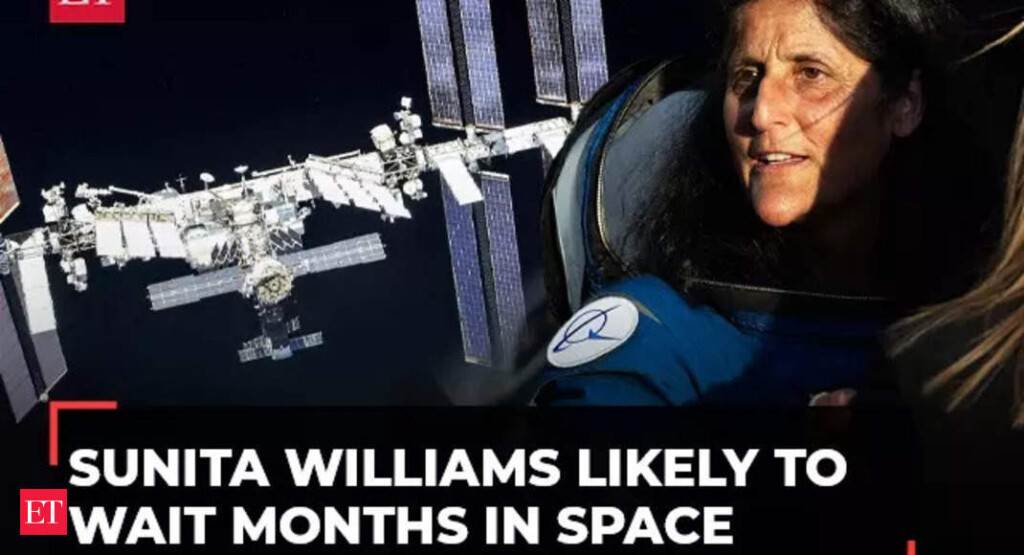23
Aug
Brewing Trouble: Starbucks Stirs Up 6% Decline as Pricey Lattes and Politics Leave Customers Steamed
Politics tamfitronics Starbucks, the coffee giant that once dominated the U.S. market, is now facing a significant decline in its custo...



 Hot Deals
Hot Deals Shopfinish
Shopfinish Shop
Shop Appliances
Appliances Babies & Kids
Babies & Kids Best Selling
Best Selling Books
Books Consumer Electronics
Consumer Electronics Furniture
Furniture Home & Kitchen
Home & Kitchen Jewelry
Jewelry Luxury & Beauty
Luxury & Beauty Shoes
Shoes Training & Certifications
Training & Certifications Wears & Clothings
Wears & Clothings








